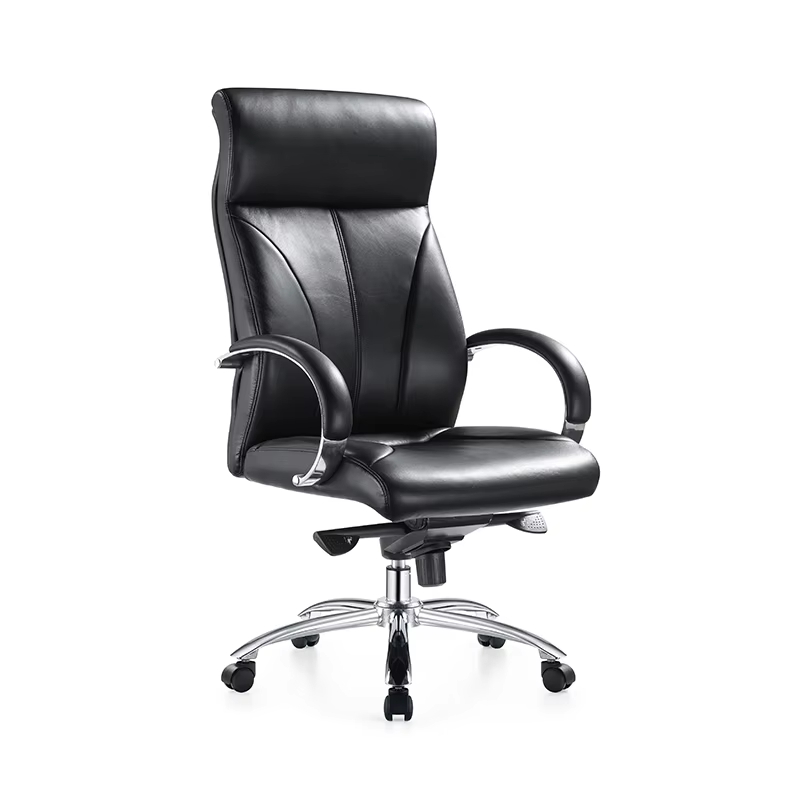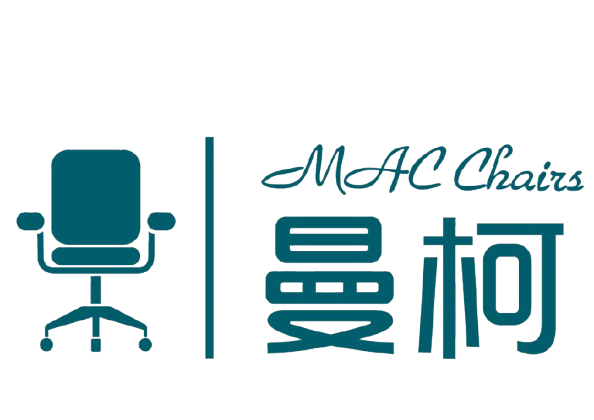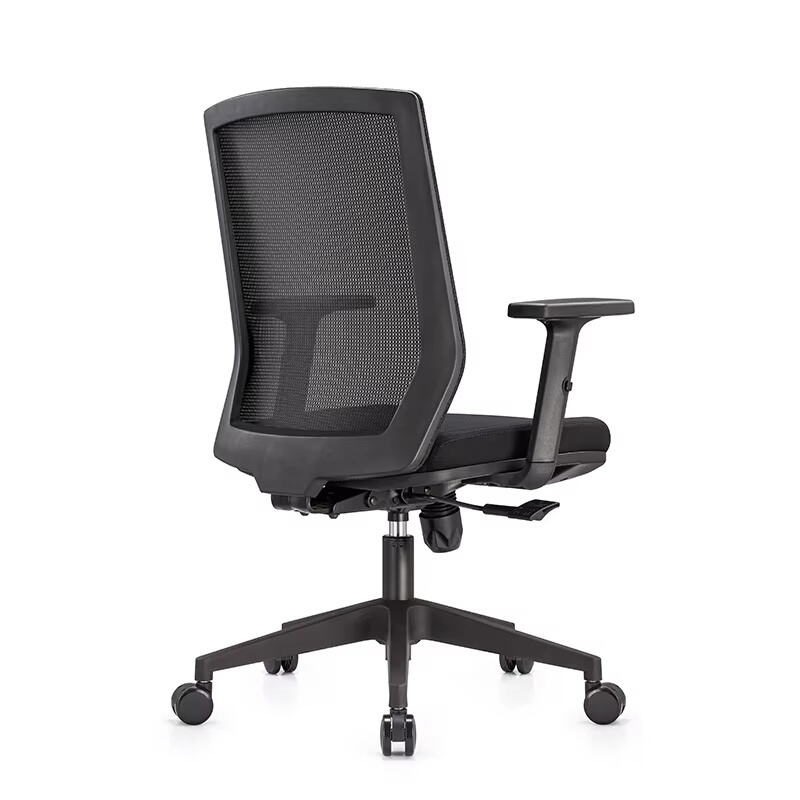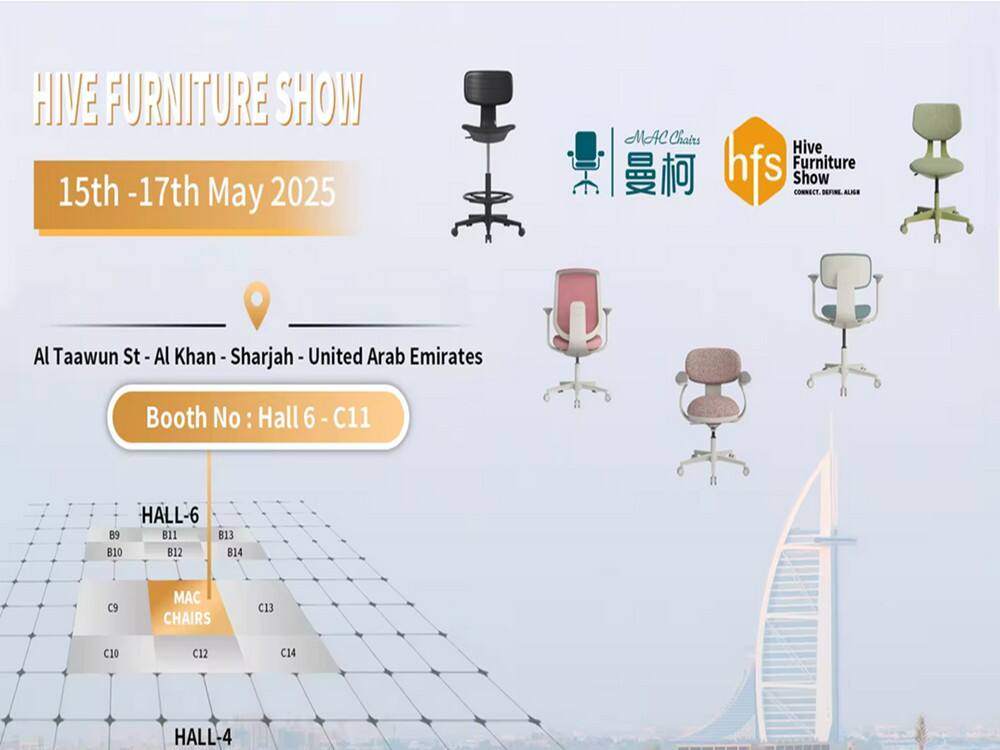
Why Ergonomic Office Chairs Boost Productivity
Reducing Fatigue During Long Work Hours
Office chairs built with ergonomics in mind help cut down on the tiredness people feel after sitting for hours on end at their desks. What makes these chairs special is how they offer proper back support and comfortable seating areas that actually make a difference when it comes to those nagging complaints about feeling worn out at work. Surveys show something pretty interesting too - around 70% of folks who spend most of their day seated say fatigue is their biggest problem when trying to get stuff done. Occupational health professionals have looked into this topic quite a bit, and what they found? Ergonomic furniture really does seem to lower fatigue levels, which means employees can stay productive longer. The Journal of Occupational Medicine backs this up in their research. Companies that decide to invest in good quality ergonomic chairs aren't just solving immediate comfort problems. They're also creating an environment where workers can maintain better focus throughout the day because their bodies aren't constantly fighting against uncomfortable seating arrangements.
Aligning Posture for Spinal Health
Good ergonomic seating plays a big role in keeping the spine properly aligned, which helps cut down on backaches from sitting too long at desks. When a chair supports the natural curve of our backs, it keeps everything lined up right, so those little disc between vertebrae don't get squished and muscles aren't overworked. Doctors who specialize in back problems often stress how important good posture really is for avoiding all sorts of body pains later on. Research from places like Spinal Health Journal suggests that folks using proper ergonomic chairs tend to avoid serious issues down the road, including nagging lower back pain and even conditions like scoliosis. Companies looking to create better work environments find that investing in quality seating makes sense both for employee comfort and overall productivity, since nobody works well when they're constantly sore from bad posture.
Enhancing Focus Through Comfort
Getting comfortable seats at work really helps people stay focused and get stuff done, particularly when stress levels run high. Some studies actually show that when workers sit comfortably, they tend to concentrate better and perform their jobs more effectively. Take a look at what psychology researchers found about proper seating arrangements making it easier for folks to keep their attention on tasks for longer periods. Many businesses report similar experiences too. Employees who got new ergonomic chairs often talk about how much easier it became to focus throughout the day and finish projects faster. When companies invest in good seating options, they're not just spending money on furniture but creating spaces where people want to be productive. This makes sense because happy workers generally do better work, which explains why so many offices now prioritize ergonomics as part of their overall strategy for success.
Key Features of Effective Ergonomic Chairs
Adjustable Lumbar Support Systems
Good lumbar support in ergonomic chairs really helps cut down on back pain and makes sitting at a desk much more comfortable overall. Most modern chairs come with adjustable lumbar supports that let people tweak them according to how their backs actually look. When someone matches the chair to their own natural spine curve, they tend to feel less pressure building up over time. People who work long hours at computers notice this difference pretty quickly too. Many folks report feeling better throughout the day when their chair fits just right. Adjustable lumbar support has become something standard even in decent office meeting chairs these days. It just goes to show how important getting the right fit actually is when talking about proper ergonomic seating solutions.
Breathable Mesh vs. Padded Seating
People tend to pick between breathable mesh and padded seats when shopping for new furniture. Mesh has become pretty popular because it keeps things cool and lets air circulate, which makes all the difference after sitting for hours on end. Anyone who's ever sat through a boring meeting knows how important this can be. Padded seats offer something different though they're great for extra comfort but not so good at keeping cool. Some folks just love sinking into soft padding even if it means sweating a bit more. Looking at what people actually buy shows there's no clear winner here. Many customers swear by mesh since it lasts longer and supports better posture, while others simply can't get enough of that cozy feel from padding. Most furniture stores will point someone toward mesh if they care about staying cool, but don't forget those looking for maximum cushion should definitely go for padded options instead.
Tilt Mechanisms and Swivel Functionality
Ergonomic chairs come equipped with tilt mechanisms and swivel functions that really matter when it comes to letting people move around comfortably at their desks. When someone leans back on a chair with good tilt adjustment, they get different postures throughout the day which helps muscles relax instead of getting all tense. The swivel part is pretty handy too because it means workers don't have to twist their bodies awkwardly just to grab something from another part of the desk area. Studies looking into office furniture actually point out why these moving parts are so important for keeping folks comfortable while still being productive. Most modern conference room chairs now include wheels along with these features, making meetings less stressful since everyone can easily turn towards presentation screens or whiteboards without standing up constantly.
Ergonomic Solutions for Different Workspaces
Conference Chairs with Wheels for Collaborative Spaces
Wheeled conference chairs work really well in offices where people need to move around and rearrange things on the fly. The wheels make it simple to shuffle seats whenever teams want to regroup or change up their workspace layout. Many office workers actually mention how much they appreciate being able to roll their chair right over to another desk during brainstorming sessions or impromptu meetings. When companies design these kinds of chairs, they tend to focus on both how comfortable they are and how they look in meeting rooms. Good manufacturers know that nobody wants something that's just functional but ugly sitting there all day long. They try to find that sweet spot where the chair supports proper posture while still looking modern and professional enough for client presentations.
Compact Meeting Room Chair Designs
Compact chairs are making waves in the world of ergonomics, offering smart space saving while still keeping people comfortable. They work especially well in those tiny meeting rooms or spaces that need to serve multiple purposes throughout the day when every square inch counts. Take a look around office buildings these days and it's clear many businesses have embraced this approach. Smaller footprints mean they can fit more people into limited areas without feeling cramped. Studies actually back this up too showing that when meetings happen in well designed compact spaces, participants tend to stay focused longer and get more done overall because the environment just feels better organized and welcoming.
Hybrid Home-Office Ergonomic Setups
Good ergonomic seating matters a lot when setting up those hybrid workspaces we've all gotten used to these days. People who spend time working from home or switching between office and home desks find themselves much better off when they actually invest in a chair that supports their back and keeps them comfortable. Real world experiences show pretty clear results too many workers notice less pain in their necks and shoulders after getting proper seating, plus they tend to stay focused longer without feeling distracted by discomfort. The trick is finding something that works through an entire workday, not just for short periods. There's plenty of resources out there helping folks pick chairs based on what kind of setup they have whether it's a dedicated home office space or just a corner of the living room where they end up spending most mornings.
Choosing the Right Ergonomic Office Chair
Weight Capacity and Height Adjustments
Picking out an ergonomic office chair means looking at weight limits and how much the height can be adjusted so it works for people of all sizes. Most folks overlook this but those numbers really matter for both comfort and avoiding injuries down the road. Ergonomics specialists keep pointing out that being able to adjust the chair height makes all the difference in keeping good posture and reducing back pain over time. When shopping around, check what weight the chair can actually hold and make sure there's enough range in seat height adjustment. A good chair lets someone sit with their feet planted firmly on the floor and knees bent about 90 degrees no matter if they're tall or short. Getting this right isn't just about looks it actually affects how well someone can work throughout the day without getting sore.
Testing Chair Ergonomics In-Store vs. Online
Trying out a chair at the store gives instant clues about how comfortable it actually is, though going online opens up way more choices and often better prices too. The main perk of testing in person? Feeling how well the chair supports different parts of the body. Online shoppers need to dig into things like ergo certifications and what other people are saying about them instead. Recent numbers show folks are increasingly opting for online buys these days. Virtual demos and specs sheets have gotten pretty good at showing what matters. For anyone shopping online, finding trusted brands with solid reputations makes all the difference. Look beyond flashy ads and check what real customers report about comfort over time, how long they last, and whether they really do what they claim about supporting proper posture.
Balancing Budget with Long-Term Value
When thinking about buying ergonomic chairs, people need to weigh what they spend at first against what they get back later on. Sure, good quality chairs come with a hefty price tag upfront, but studies show these seats actually cut down on health problems while boosting worker output and making folks feel better throughout their workday. Many office workers who've switched to proper ergonomic seating report feeling much happier at work and taking fewer sick days because of back pain or other physical complaints. Getting a decent ergonomic chair isn't simply spending money; it's really putting resources toward employee wellness. Companies that go for cheap chairs instead end up paying the price later through lost productivity and ongoing medical claims related to repetitive strain injuries and posture problems.











